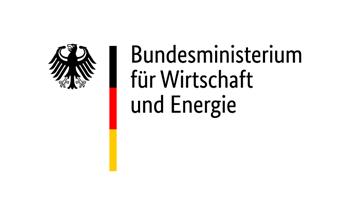ARES: Autonomous Radio Environment Sensing
Project ARES (Autonomous Radio Environment Sensing) presents a novel approach for the SPECTRA Challenge Moonshot Track. We propose to demonstrate the use of a cooperative drone swarm (multiple mobile UxVs) to autonomously perform real-time 2D mapping of a radio environment, providing enhanced situational awareness in electronically contested areas. While current approaches often focus on hardening individual assets, ARES explores the strategy of treating the electromagnetic spectrum as a dynamic environment to be mapped. The core idea is to demonstrate that by systematically measuring simple, readily available radio link quality indicators (e.g., RSRP, RSRQ, RSSI, latency) with multiple mobile sensing nodes, a jammer's effect can be effectively identified and localized.
Our approach is straightforward and builds upon components we have validated to a TRL of 4. For autonomous navigation in GNSS-denied environments, the drone swarm uses Cooperative Visual SLAM (Simultaneous Localization and Mapping). This allows the drones to collaboratively build a shared 2D map of the operational area and determine their precise location within it. While navigating, each drone simply measures the quality of its radio links. By combining these measurements with the precise location data from SLAM, the swarm generates a 2D map of the radio environment, pinpointing areas of interference.
The resulting radio map demonstrates two key capabilities. First, it provides reconnaissance to identify and locate sources of jamming. Second, it can enable adaptive effects, such as planning routes for friendly assets that avoid interfered zones. The project aims to demonstrate that by using a swarm of mobile sensors—even with simple sensing hardware—it is possible to move from a purely passive resilience posture to one of active environmental awareness. This approach, grounded in our TRL-4 validated components, explores a scalable and flexible method for operating in electronically contested environments.
See protected attachement.
See protected attachement.
See protected attachement.
See protected attachement.
See protected attachement.



